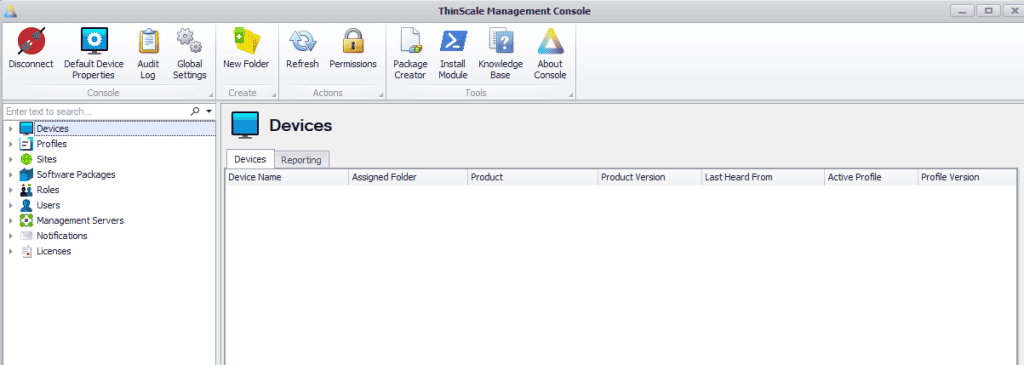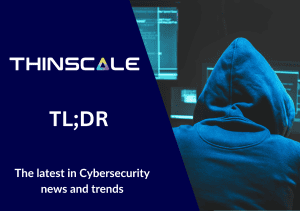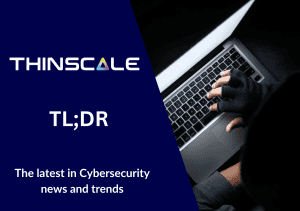In IT deployments, no two environments are exactly the same. Whether it be down to something as small as the drivers required to print or as broad as the use case itself, IT projects will always differ.
For those working on deployments at any scale, it’s important to understand the specifics of their environment, what the IT team needs as well as the need of the end-users.
What you will see below is an overview of some of the more complex use-cases we commonly see; we’ll be going through what makes them so complex and how, through the use of ThinScale’s Management Platform and partner solutions, provides solutions to these complexities.
The ThinScale Management platform comes free with ThinKiosk, Secure Remote Worker and IntelliPerform.
Download any of our solutions to try the Management Platform yourself!
{{cta(‘deb23cb0-53be-4926-9708-dacebc7ec361’)}}
Use Case Scenarios
- Use Case 1 Enterprise: Running a mixed endpoint environment, where some users need access to multiple VM’s for different types of work, others just need access to one VM with Single-Sign-on.
- Use Case 2 Remote Workers: Mobile workers needing to use local applications, while utilizing personal devices, while still providing corporate imagery through to employees working remotely or in BYOD scenarios.
- Use Case 3 Managed Service Providers: Managing multiple customers, with different administrators for each company.
Enterprise
There are multiple options available when trying to manage endpoints, the main difference that comes in to play when you have multiple types of endpoints, running a variety of OS’s you run into issues trying to keep everything centrally managed, often times this means, specifying specific GPO’s to each of the OS types, or simply having different management solutions for different endpoint types. ThinScale’s Management Platform allows you to manage any ThinKiosk, IntelliPerform or Secure Remote Worker powered Windows device, regardless of the OS version or device type; from desktops to laptops to thin clients. Each device and respective software running can be centrally managed.
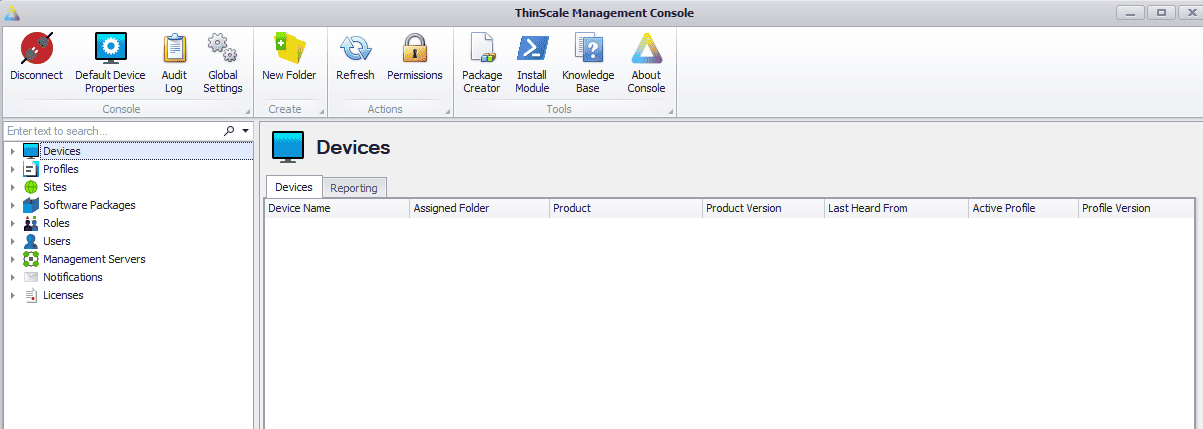
Another common scenario is to have multiple virtual desktops for individual end-users, where the end-user has a specific desktop for a specific type of work. For example, an end-user may need to need access to sensitive financial information that is only accessible from a specific VM, while their normal day to day may also require a browser or other files. Users need to be able to switch between these VMs throughout their workday.
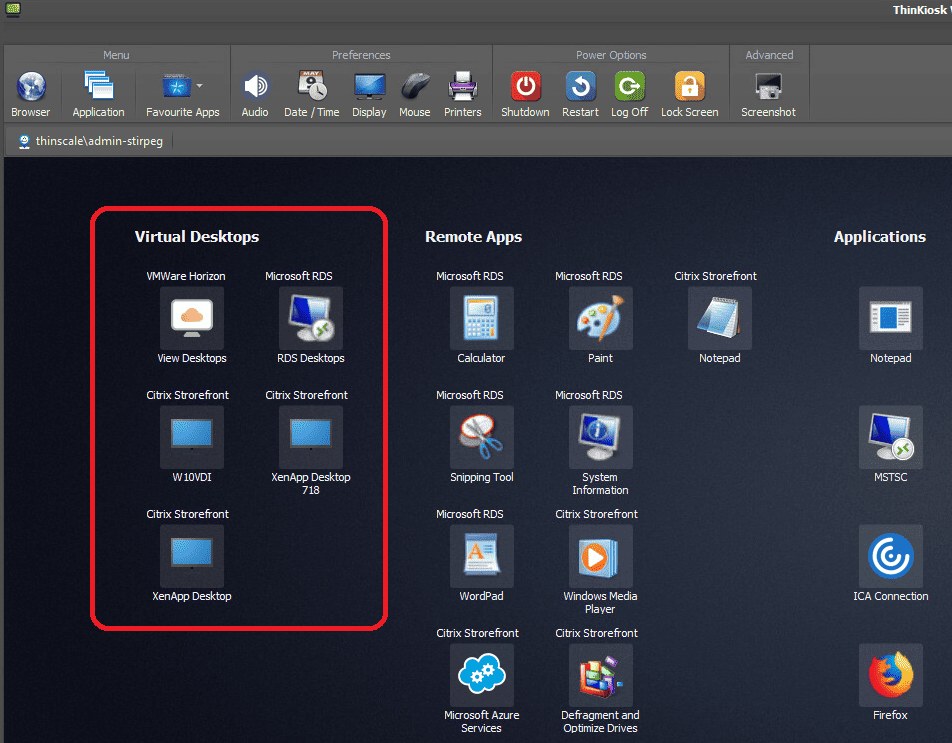
With ThinKiosk and Secure Remote Worker, end users can easily access assigned multiple assigned VMs within their secured UI, all delivered through profiles that are easily managed and deployed through the ThinScale management platform.
Single Sign-on is becoming an expected standard for most virtual environments, lots of IT teams just don’t want end-users doing anything outside of accessing their virtual desktop, meaning signing in only once. The issue here is that credentials need to be passed from the local device right to the virtual machine.
ThinKiosk allows for a multitude of ways to create a single sign-on environment for your end-users, whether it be direct local credential pass through in a Citrix environment or signing in as a ThinKiosk user to auto-launch your RDS connection, the specifics of which can be set in ThinKiosk’s profile editor and deployed across your environment using the ThinScale Management platform.
Remote Workers
While it’s hard to say whether local applications will ever go away completely, it is true that for a lot of environments they are still necessary, especially in mobile scenarios where connectivity can be inconsistent. Whether it be dedicated applications for video playback, GPU or CPU intensive programs or simply applications that are needed to facilitate a connection remotely like a VPN. Local applications are still very much relevant in the modern workplace, despite the large push towards virtual and cloud computing.
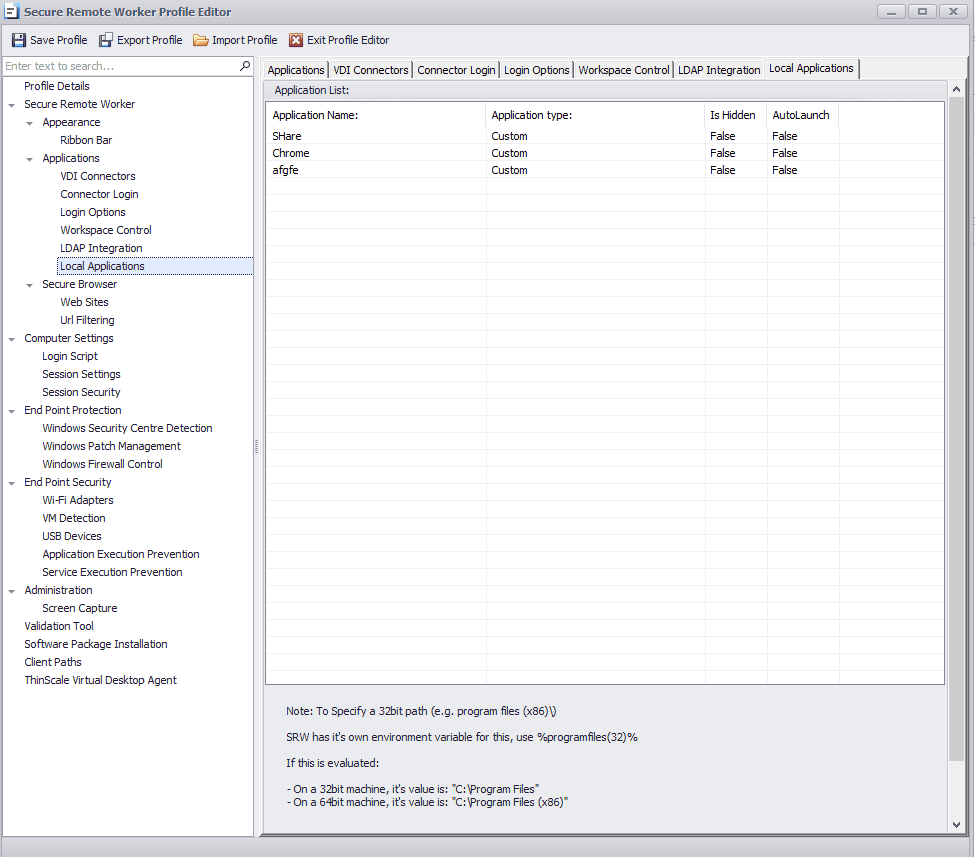
With ThinKiosk and Secure Remote Worker, profiles can be set to allow the pass-through of local applications from the endpoint through the secured UI. These profiles are deployed centrally through the ThinScale management console. Allowing end-users to access their local resources while still working in a secure environment. Using the ThinScale Management Console’s Package Creator, administrators can deploy applications centrally right to any local device in their environment. Applications that are known to cause problems when accessed remotely like VOIP or Teams can now be locally passed through and stably ran.
This also applies to things like local/network printers and hardware drivers, all of which is completely compatible with ThinKiosk and Secure Remote Worker as they just use the existing Windows framework.
With BYOD and remote working becoming more and more popular, many companies are looking for ways to alleviate the overhead costs involved in this type of work, while also, for security reasons, ensuring these devices can be controlled in the same way on-prem corporate devices are controlled.
Secure Remote Worker allows end-users to utilize their personal devices securely to access corporate resources, while also allowing these devices to be centrally managed the same as any other corporate device, regardless of their location. With features like the Virtual Desktop Agent, administrators and managers can ensure none of their workforce are accessing virtual/remote resources from an unsecured device.
On top of this, it is important for companies to be able to place their own corporate imagery on the endpoints of their staff. As it would be expected on corporate devices, it should also be expected for remote or BYOD workers using personal devices.
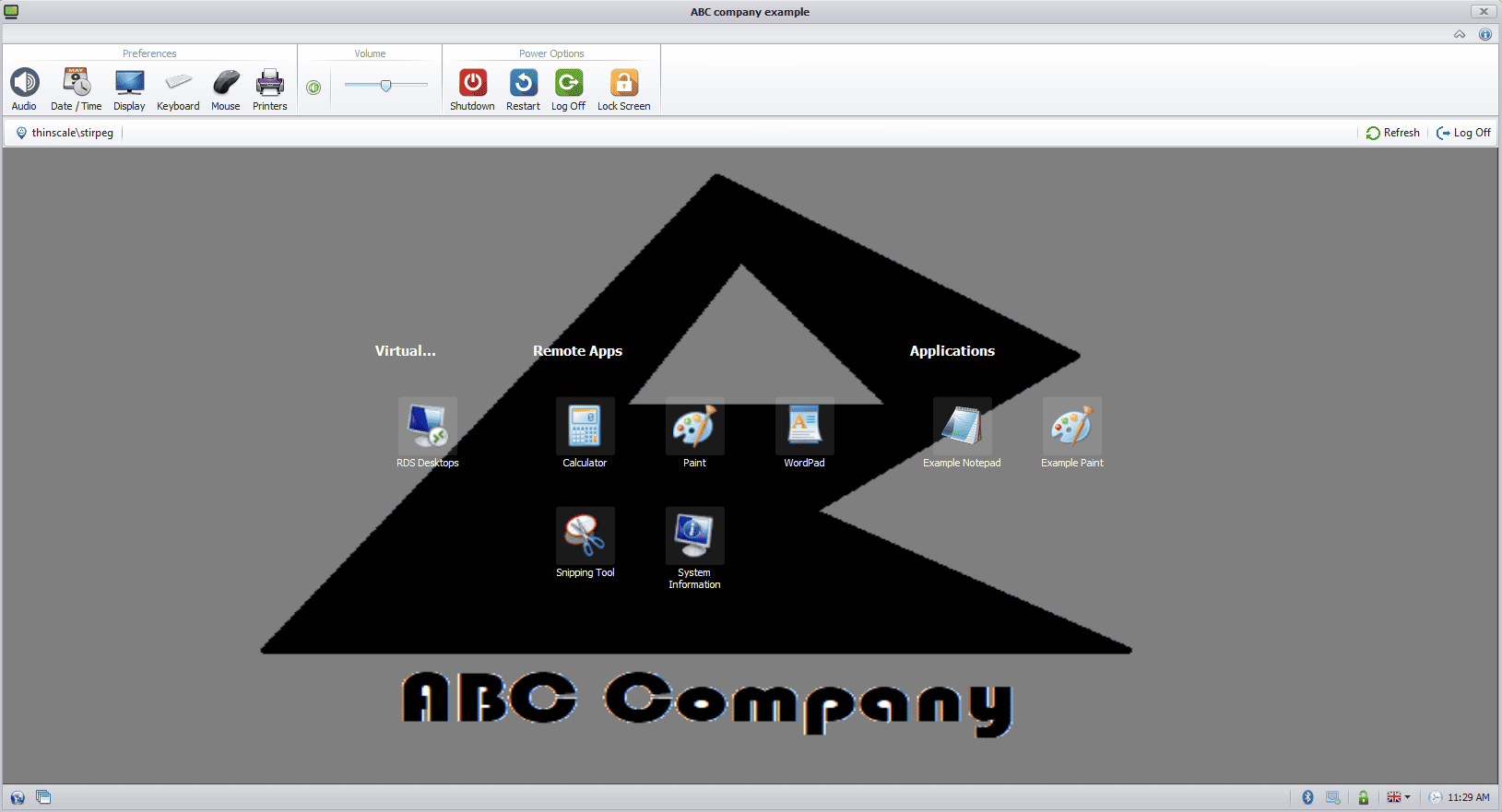
As with ThinKiosk, Secure Remote Worker completely supports white-labeling. Between theming and corporate imagery it is all configurable through the profile editor found in the management platform. What’s more, using the ThinScale Management Platform, you can use the Package Creator to deploy your imagery locally to every machine in your environment.
Managed Service Providers
For MSPs or CSPs who actually host and manage the end user’s environment, the management of endpoints can be problematic, take the initial problem of different device types and OS versions and extend that to different divisions, use cases, vendor requirements, and even different customers.
ThinScale’s Management Platform allows service providers to host multiple estates from one central location. Using the management console’s folder-based view, an MSP or CSP can easily designate and split different customers into various folders and subfolders, and deploy specific profiles to each of these as needed; administrators can also control each of the endpoints within these folders using device options, and push SMTP notifications to all devices within said folder.
When it comes to administration in hosted environments, there are potentially a lot of variables. There could be several administrators who oversee the helpdesk aspect of the endpoint environment, or the service provider would work in tandem with their customer’s own IT department who require some degree of control.

Using the ThinScale Management Platform’s user & role-based permissions, service providers can not only specify the level of permission available to users accessing the platform, but they can also restrict the visibility of relevant folders, this means that different users can be kept from seeing other folders from other customers.
See our management console in action here!
As we can see there are many different scenarios that ThinScale’s Management Platform delivers on, regardless of the specifics or complexity of the environment, the solution combined with ThinKiosk, Secure Remote Worker or IntelliPerform is flexible enough to meet any need.
If you are interested in reading about some more use cases we have testimonials from customers in Healthcare, Education, Government, Enterprise and Business Process Outsourcing. You can also click here to read up more about our management platform in our knowledge base.
